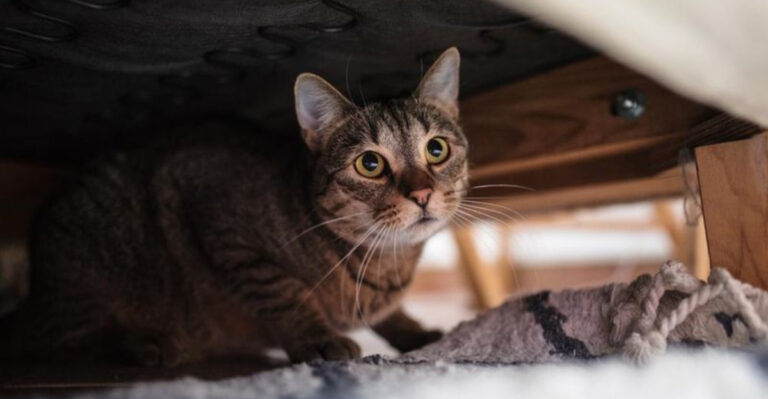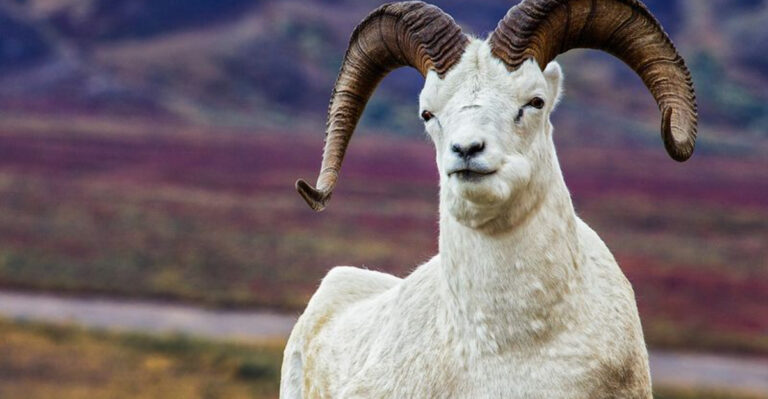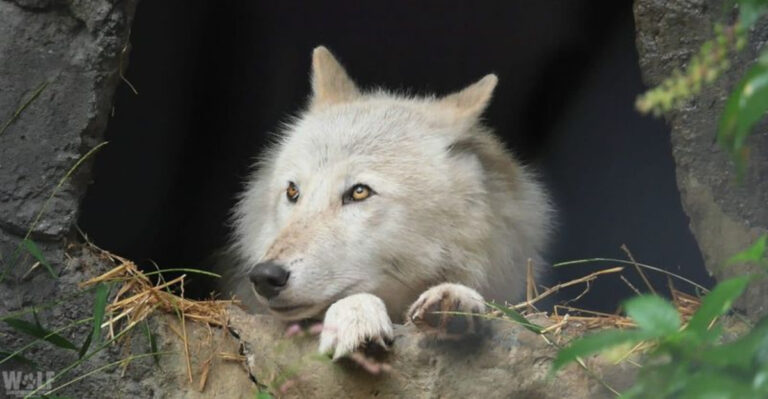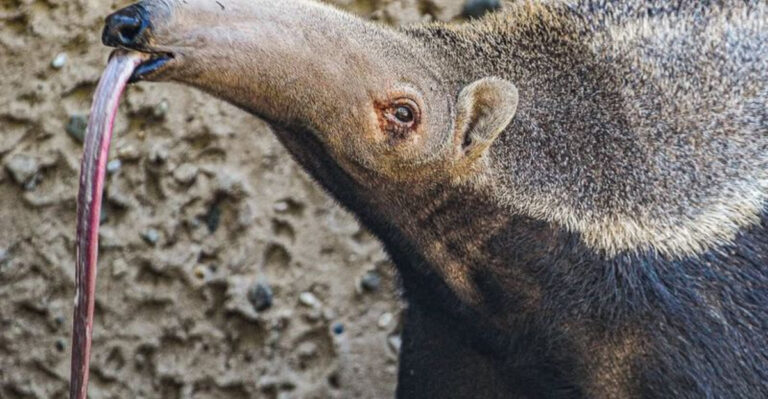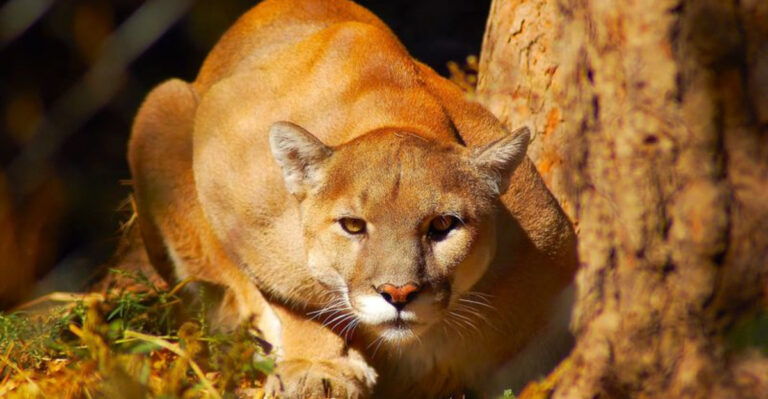20 Once-Hated Animals That Are Now Essential To America’s Ecosystems
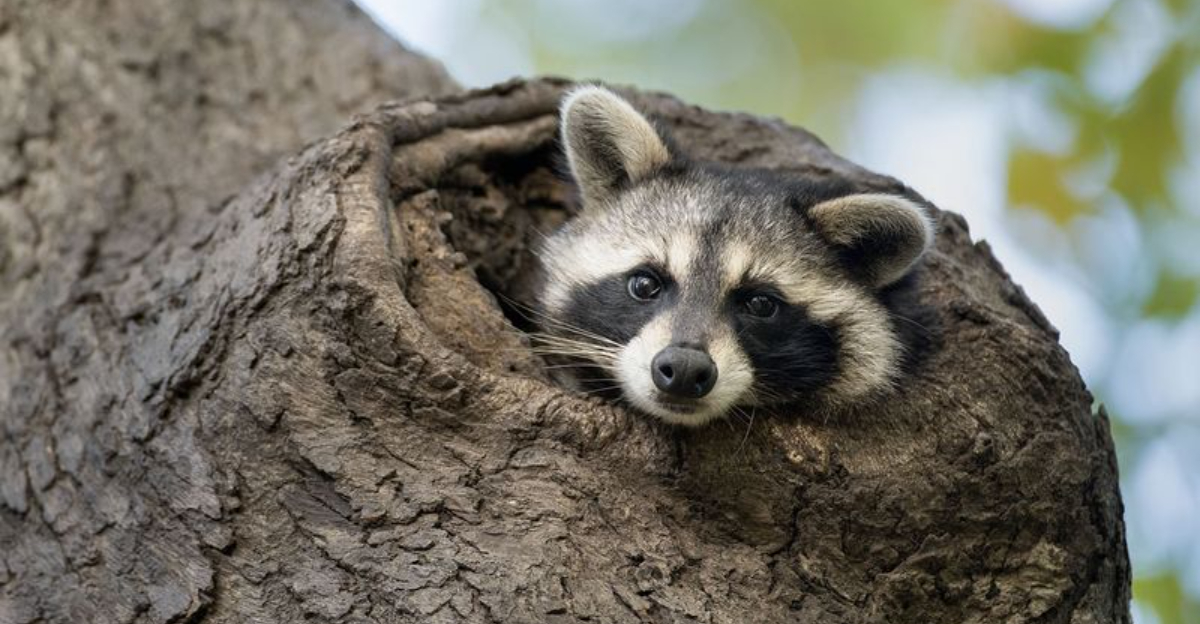
Imagine a world where some of the animals we couldn’t stand to have around are now the very backbone of our ecosystems!
America’s ecosystems thrive because of creatures that were once considered pests. Let’s explore 20 such animals that have gone from disliked to indispensable.
1. European Starling
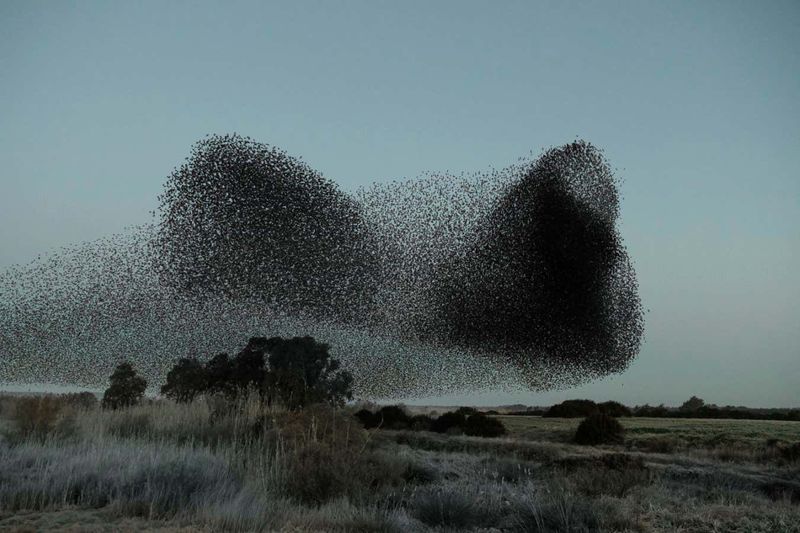
You might think of starlings as noisy neighbors, but their role in seed dispersal is unmatched. These birds help control pest populations by feasting on insects.
Their murmurations are a sight to behold, a dance of thousands in the sky. Without them, our fields would be less fertile. Who knew they were secret gardeners?
2. Opossum
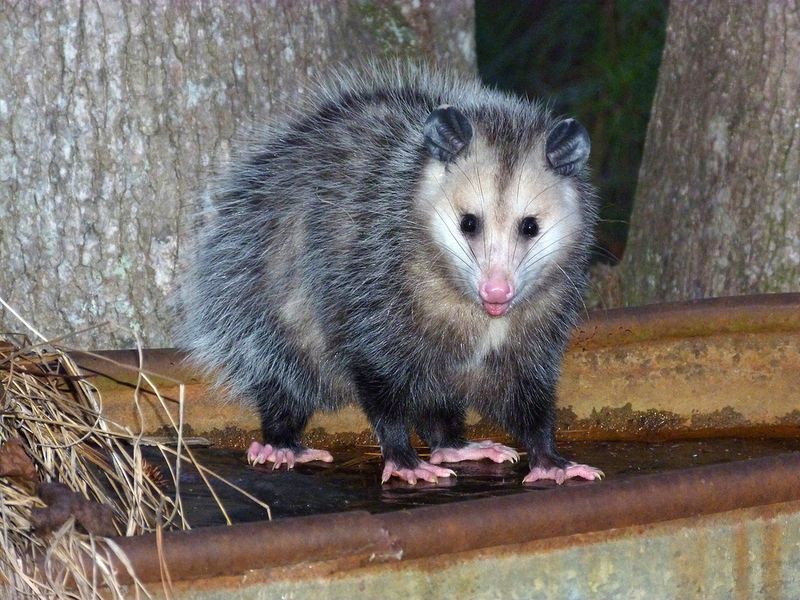
This night wanderer might have startled you on a walk, but opossums are tick-eating machines! They consume thousands of ticks, reducing Lyme disease spread.
They are immune to most snake venoms, making them vital in controlling snake populations.
Their presence is a silent health service, ensuring fewer encounters with pests.
3. Beaver
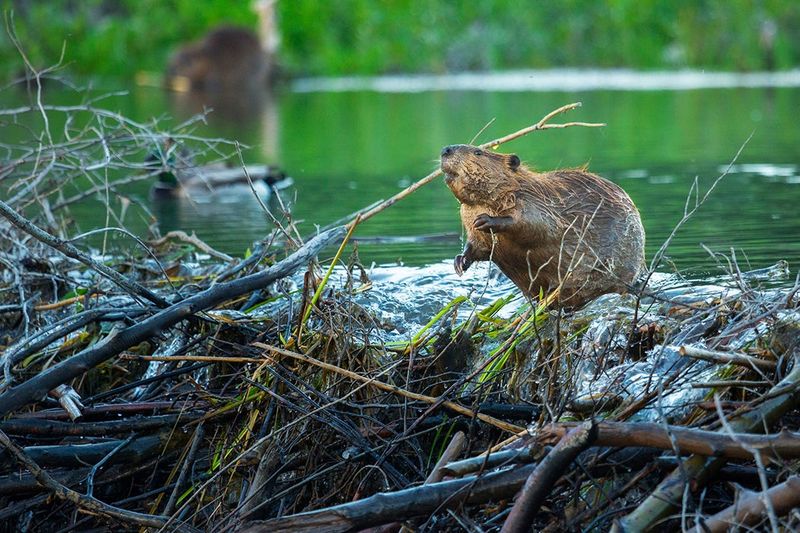
Beavers, the natural architects of wetlands, craft habitats supporting diverse wildlife. Their dams improve water quality and reduce flooding.
Once trapped for their fur, these industrious creatures now aid in restoring ecosystems.
A busy beaver is a boon to biodiversity, proving that hard workers deserve their praise.
4. American Alligator
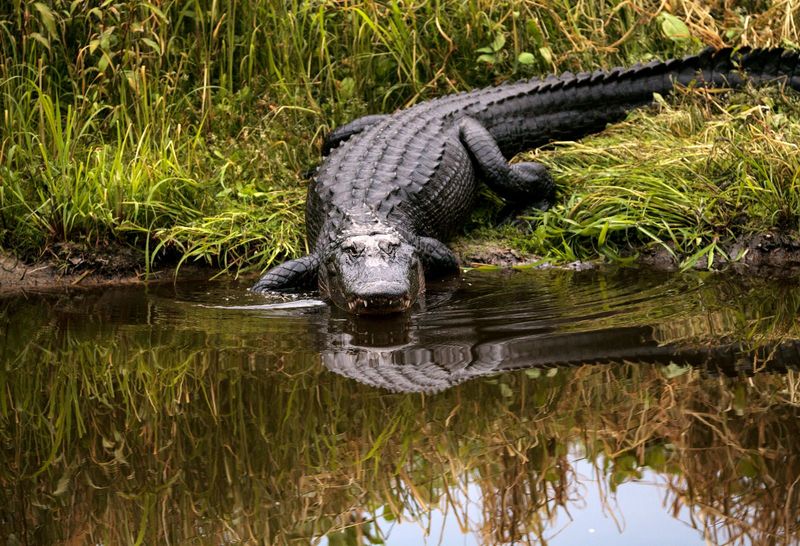
Alligators might look like they belong in a monster movie, but they create nests that become homes for other species. Their digging shapes the wetlands and supports aquatic life.
Hunted to near extinction for their hides, they’ve rebounded to play a critical role in ecosystem balance.
A reminder that looks can be deceiving!
5. Gray Wolf
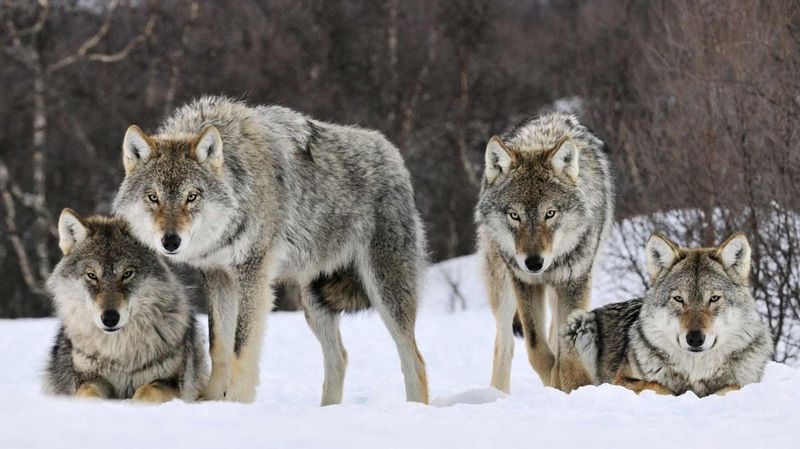
Wolves have long been villainized in folklore, yet they are ecosystem engineers, keeping deer populations in check. Their presence allows vegetation to thrive, supporting other wildlife.
Reintroduced in areas like Yellowstone, their impact has been transformative.
These howling heroes are essential for maintaining ecological balance.
6. Bats
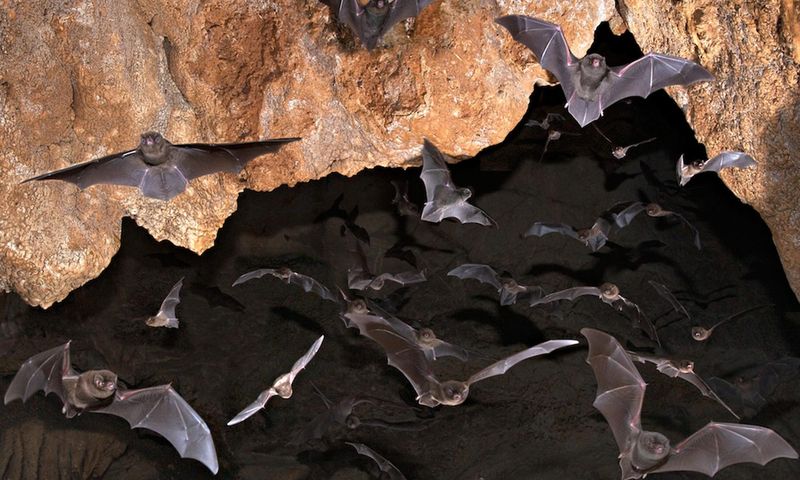
Bats are nature’s pest control, devouring insects that plague our crops. These nocturnal creatures also pollinate plants and spread seeds.
Misunderstood due to myths, bats are crucial for maintaining healthy environments.
Next time you see a bat, remember they’re busy working the night shift to keep the ecosystem in balance.
7. Vultures
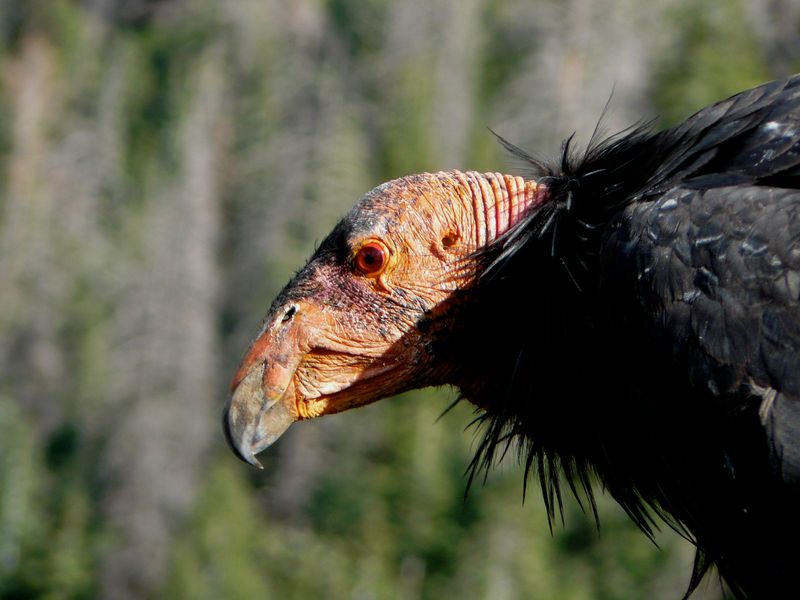
Vultures clean up nature’s leftovers, preventing disease spread by consuming carcasses. Their digestive systems destroy harmful bacteria, keeping our environment healthy.
Once persecuted, they are now recognized for their vital role in waste management.
These feathered janitors ensure the cycle of life continues smoothly and safely.
8. Coyotes
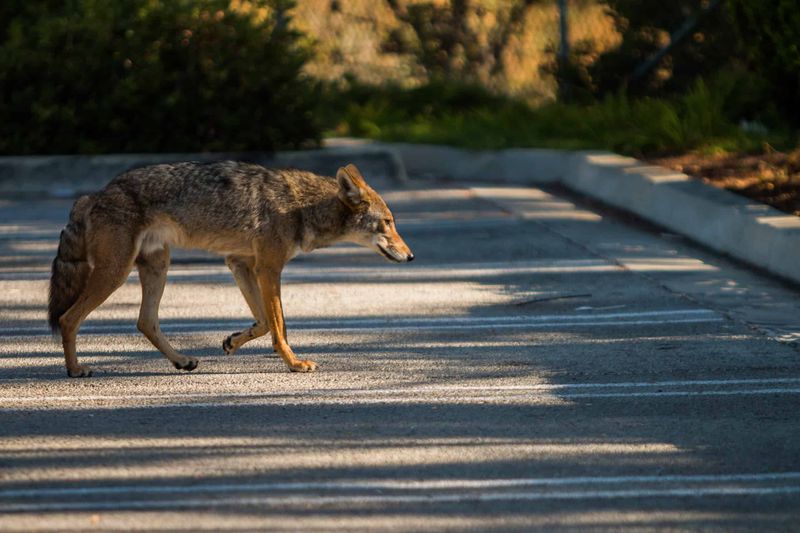
The adaptable coyote thrives where others don’t, controlling rodent populations in urban areas. Their presence helps maintain balance, even in cities.
Feared and misunderstood, coyotes are vital for ecosystem health.
Living alongside humans, they’ve become urban legends of resilience and survival.
9. Prairie Dogs
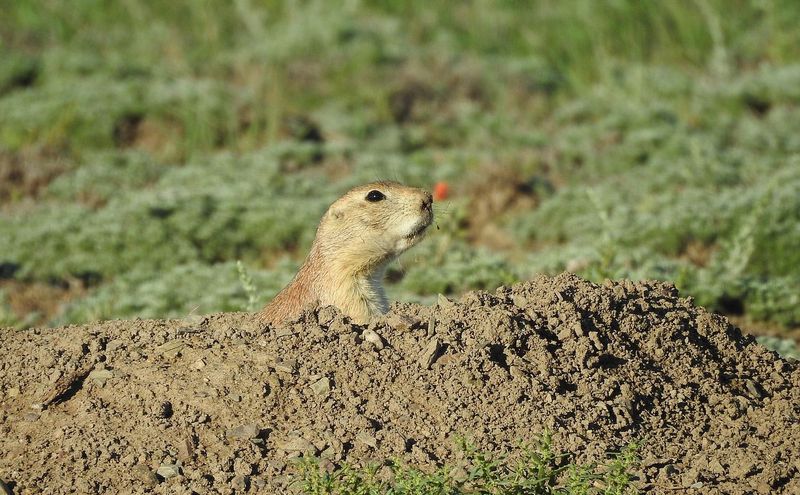
Prairie dogs are the underground engineers of the plains, their burrows aerating the soil and providing homes for other species.
Once considered pests for grazing lands, they play a pivotal role in prairie ecosystems.
These chatty critters are the cornerstone of grassland biodiversity, keeping the habitat lively and healthy.
10. River Otters
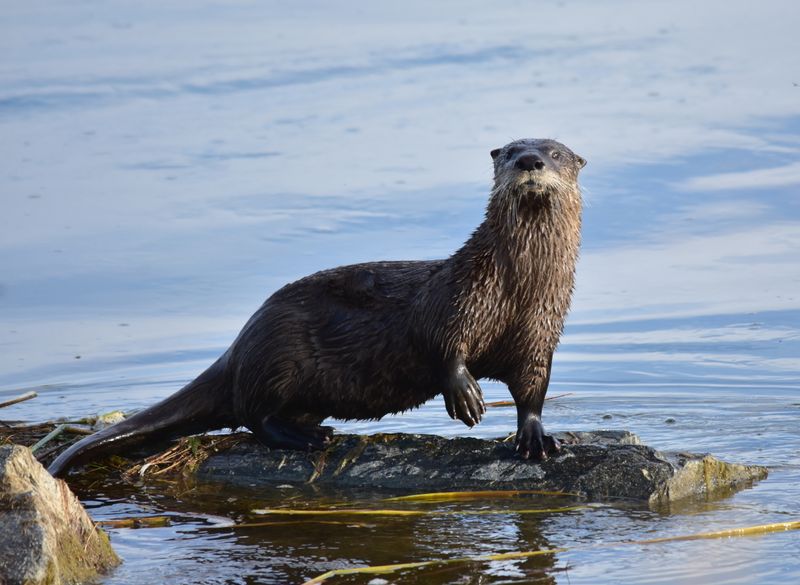
River otters are playful water acrobats, their presence indicating clean waterways. They control fish populations and support aquatic biodiversity.
Hunted for their pelts, they are now cherished for their eco-friendly antics.
With their playful demeanor, otters remind us that fun and functionality can coexist in nature.
11. Sea Otters
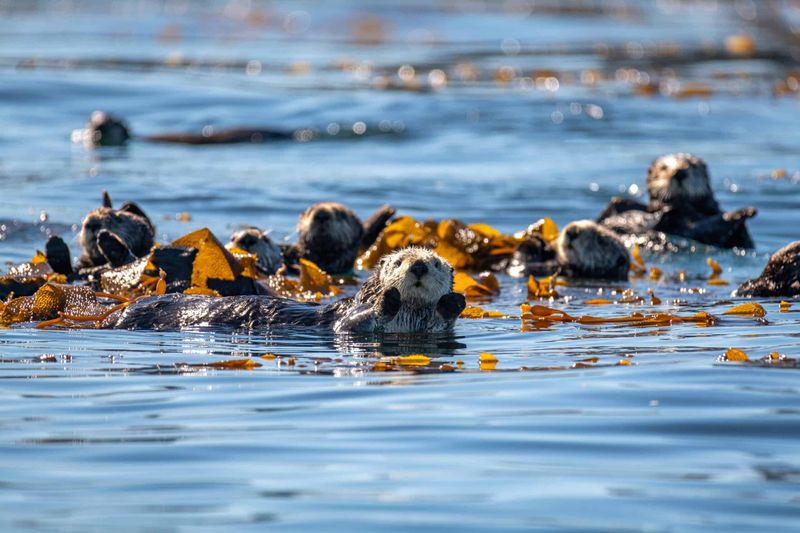
Sea otters, the guardians of kelp forests, munch on sea urchins that would otherwise destroy these underwater ecosystems.
Their return has revitalized coastal habitats, benefiting countless marine species.
These fluffy marine mammals show us the power of keystone species in maintaining vibrant oceanic environments.
12. Burrowing Owls
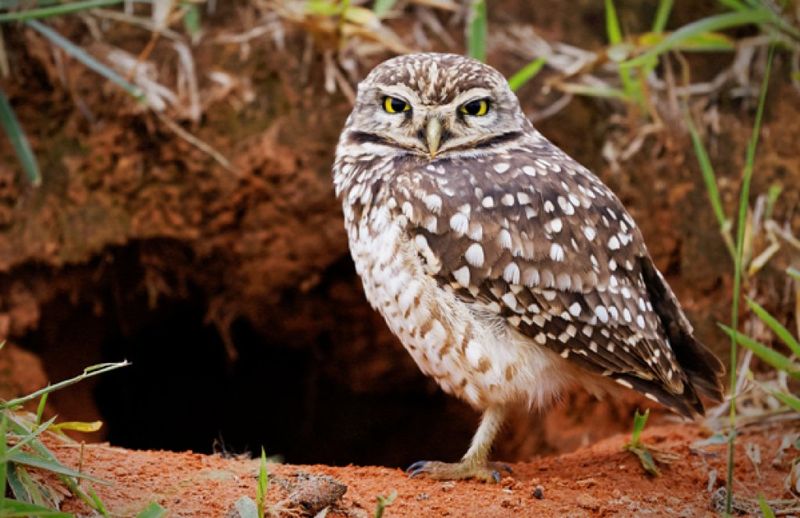
Burrowing owls, with their comical expressions and ground-dwelling lifestyle, control insect and rodent populations.
Their burrows provide shelter for other animals, enhancing biodiversity.
Once at risk due to habitat loss, conservation efforts highlight their ecological importance.
These quirky birds prove that small can be mighty.
13. Gopher Tortoises
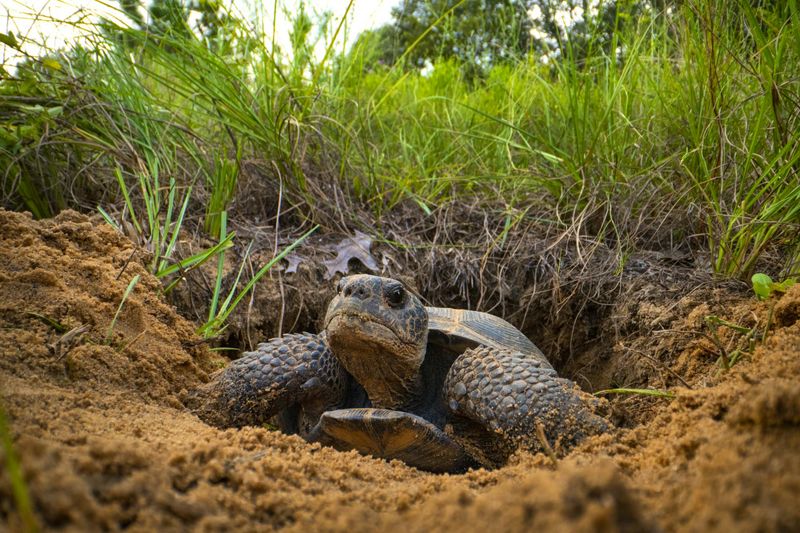
Gopher tortoises dig burrows that become vital shelters for hundreds of other species, from insects to mammals.
Their sandy homes support ecosystems in the American Southeast.
Once harvested for food, these slow movers are now recognized as ecosystem engineers, proving that patience and persistence pay off in nature.
14. American Bison
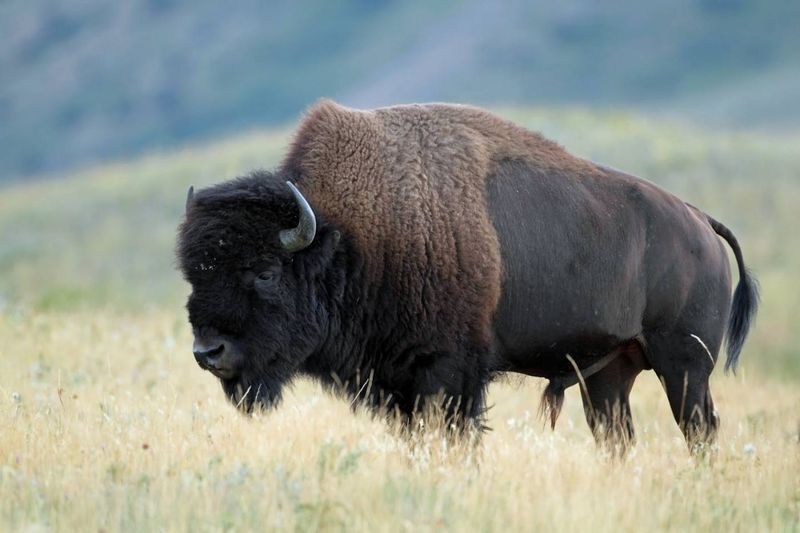
Bison, iconic symbols of the American plains, shape the landscape through their grazing patterns. They promote plant diversity and improve soil quality.
Nearly driven to extinction, their resurgence supports prairie ecosystems.
These gentle giants remind us of the importance of large herbivores in ecosystem dynamics.
15. Wild Turkeys
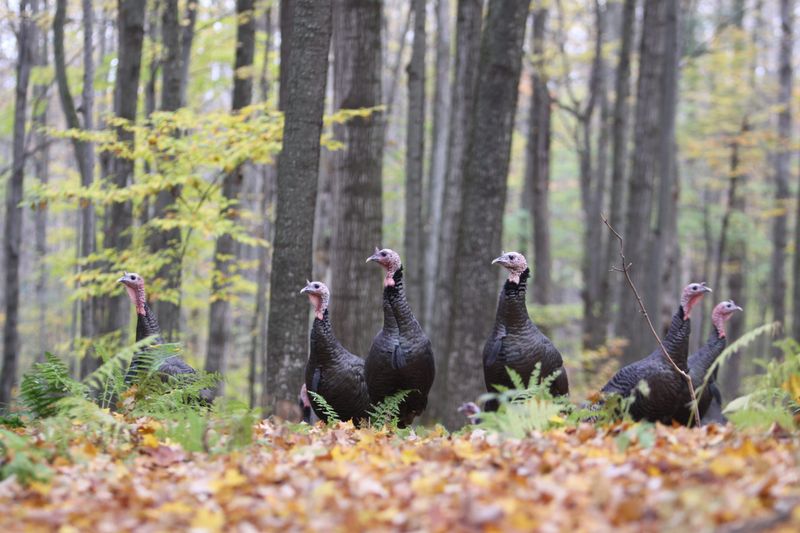
Wild turkeys, once hunted to near extinction, are forest recyclers, turning over leaves and aerating the soil. Their foraging habits support plant growth and insect control.
Reintroduced across America, these birds now thrive, showcasing resilience and adaptability.
Their gobbles echo the importance of biodiversity in forests.
16. North American River Otter
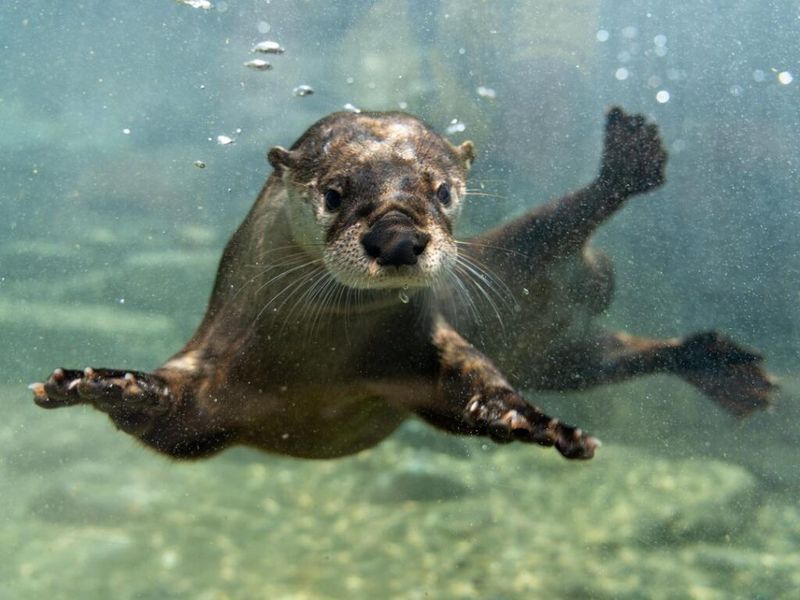
North American river otters, playful denizens of freshwater habitats, indicate clean water and healthy fish populations.
Once trapped for fur, conservation efforts have restored their numbers.
With their sleek swims and joyful antics, they are ambassadors for aquatic ecosystem health, proving that laughter is the best medicine.
17. Raccoons
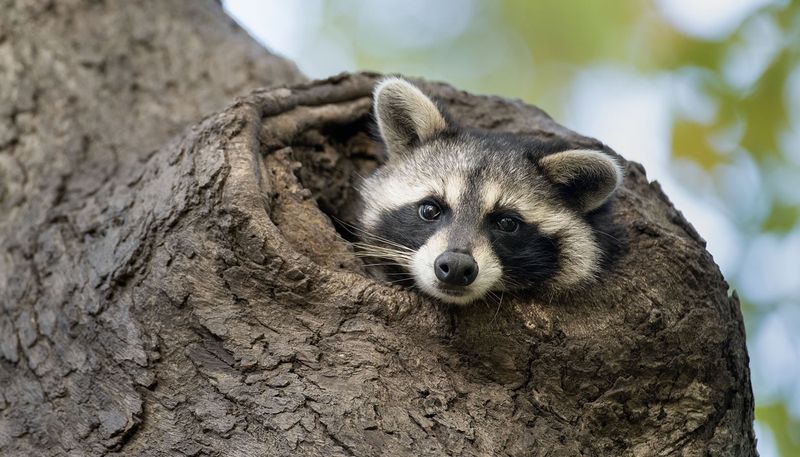
Raccoons, with their dexterous paws and curious nature, play a crucial role in seed dispersal and pest control.
They thrive in urban and rural environments, showcasing adaptability.
Once seen as mere nuisances, raccoons are now appreciated for their contributions to biodiversity, proving that intelligence comes in small packages.
18. Bobcats
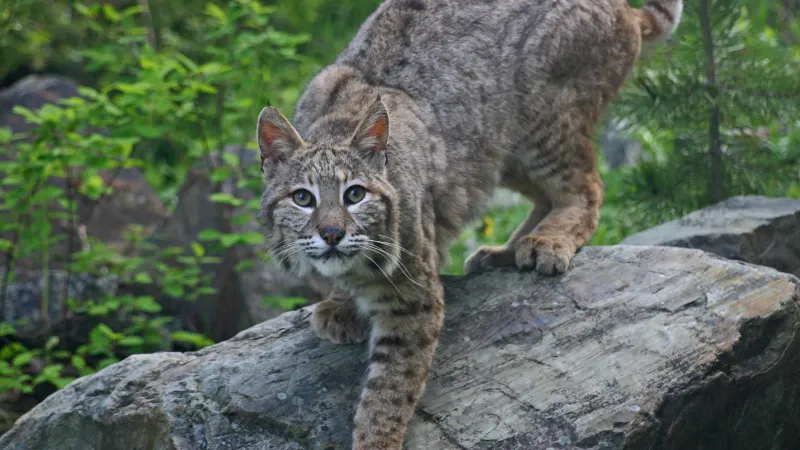
Bobcats, elusive hunters of the forest, manage rodent and rabbit populations, supporting ecosystem balance.
Their adaptability to various habitats showcases their resilience.
Once heavily hunted, conservation has allowed them to flourish again.
These solitary felines remind us of the delicate dance of predator and prey.
19. Elk
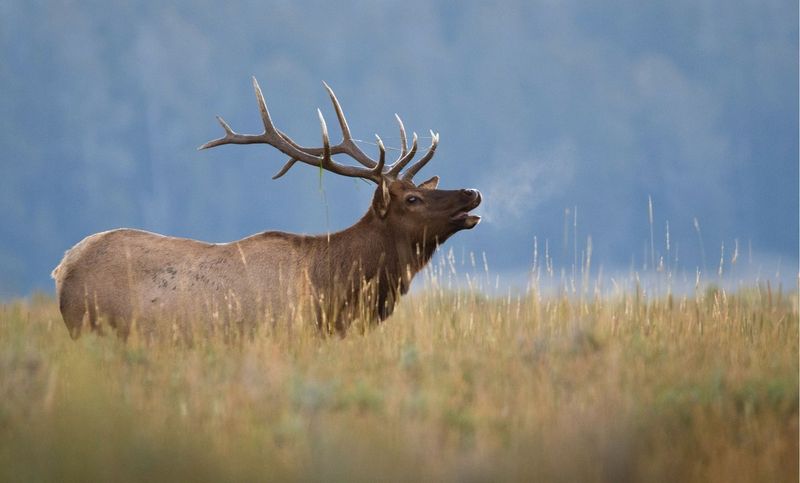
Elk, with their bugling calls and impressive antlers, shape forest ecosystems by grazing and promoting plant diversity.
Reintroduced in many areas, they support biodiversity and soil health.
These stately creatures are vital to maintaining balance in their habitats, illustrating the harmony between flora and fauna.
20. Ravens

Ravens, the clever tricksters of the bird world, clean up carrion and spread seeds. Their intelligence rivals that of great apes.
Often maligned in myth, ravens play key roles in many ecosystems.
These feathered intellects show us that brains and beauty can coexist, providing unexpected ecological benefits.

